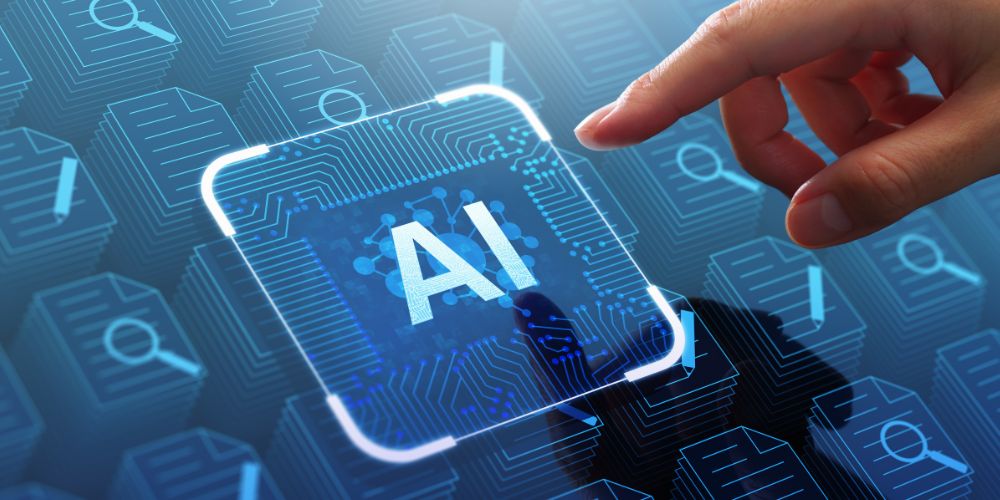No question about it, artificial intelligence (AI) is here to stay. Both generative forms of AI – for content generation, augmentation and automation, are commonly used for productivity. If your company is using AI, you can be sure cyber criminals are, too. Read on to learn about safe and effective use of artificial intelligence, including using it to beat bad actors at their game.
The Two “Sides” of Artificial Intelligence
Like most technology and technological tools, AI can be used for legitimate purposes by businesses, or unlawful and harmful aims like injecting malicious code or developing sophisticated social engineering attacks by cyber criminals.
On the “good” side, AI is helpful to businesses in content generation and process automation, and sentiment can be positive. According to a recent Telarus article, Gartner predicts that spending on generative AI is expected to top $600 billion in 2025, an increase of more than 75% from last year. The article also cites McKinsey, with that firm expecting more than 92% of executives increasing investment over the next three years. Not only are executives expressing confidence, but 72% of workers see AI bringing value to their work and 70% believing that gaining AI skills will improve marketability. Worries about AI replacing humans have ebbed, but other concerns remain.
Of course, executives and other workers are not the only ones leveraging AI– so are bad actors. Increasingly, cyber attacks involving AI include sophisticated phishing schemes that can trick even vigilant email recipients. Exploiting vulnerabilities in platforms and models to introduce malicious code and attacks such as WormGPT and FraudGPT to steal money and set up fraudulent accounts, are additional dangers, according to a Telarus article about the recent RSAC conference. The same automation capability of artificial intelligence can be used to launch attacks, as well.
Using Artificial Intelligence to Fight Cyberattacks
Interestingly, the very technology cybercriminals use in order to create more sophisticated attacks can also defend against these attacks. Businesses can use AI to help with cybersecurity in these ways:
- Threat Detection and Response: AI can analyze vast amounts of security data in logs and network traffic to identify unusual behavior that might signal an attack.
- Patching endpoints: even small to medium-size businesses have endpoints to protect, and AI can help identify which ones are vulnerable, and automate patching, even stopping incidents before they start.
- Email Security: Machine learning algorithms can find suspicious emails that signal possible phishing schemes.
Artificial intelligence is growing more popular with businesses and bad actors alike. To learn how to develop a plan for using AI in cybersecurity efforts, contact your trusted technology advisor today.

